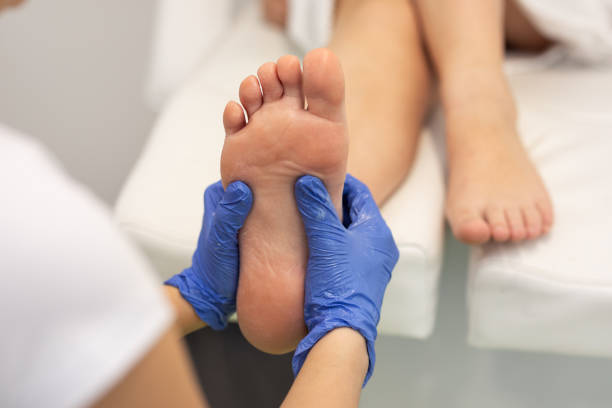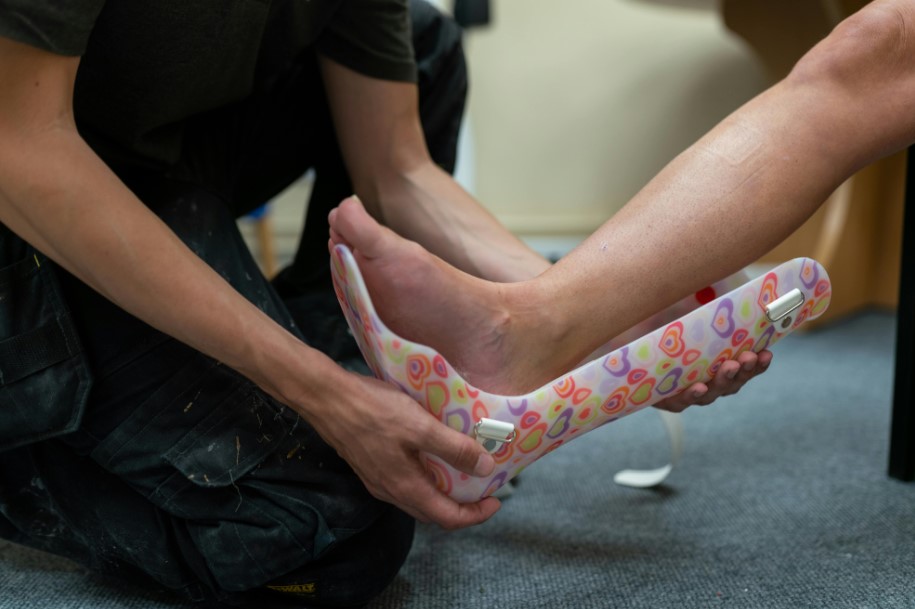
Psychological care has undergone significant evolution over the years, spurred by advancements in medical practices and technology. In clinics worldwide, mental health professionals are adopting innovative approaches to provide more effective and comprehensive care to individuals facing psychological challenges. This article explores the evolution of psychological care in clinics, highlighting modern medical practices that have revolutionized the field and the benefits they offer to patients.
One notable advancement in psychological care is the integration of telemedicine and digital platforms, allowing mental health services to reach individuals in remote or underserved areas. Through online therapy sessions, mobile apps for mood tracking, and virtual support groups, patients can access support and resources conveniently from their own homes. This evolution has not only expanded access to care but has also reduced barriers such as stigma and transportation limitations. Moreover, the use of artificial intelligence and machine learning algorithms in psychological assessments and interventions has enabled personalized treatment plans tailored to individual needs and preferences, enhancing the overall effectiveness of therapy. These technological innovations represent a significant leap forward in the provision of psychological care, promising a more accessible, efficient, and patient-centered approach to mental health treatment.


